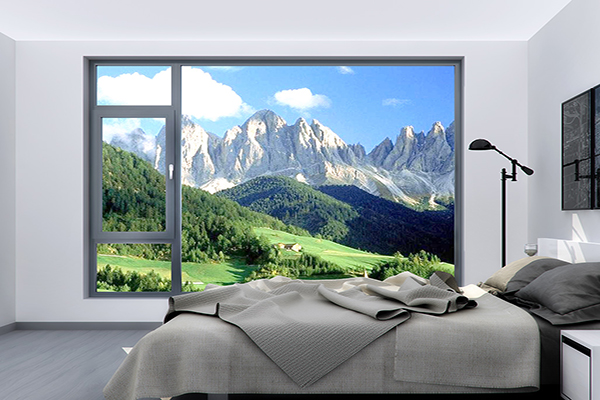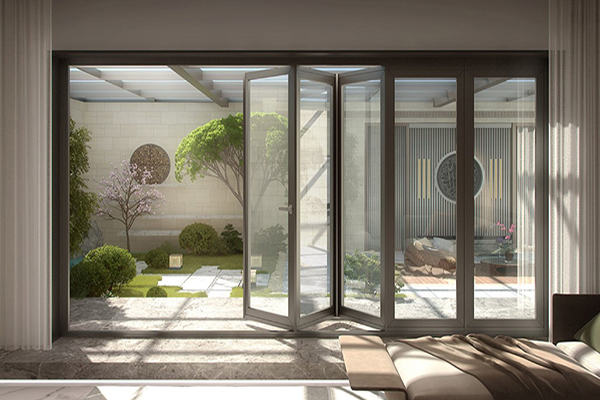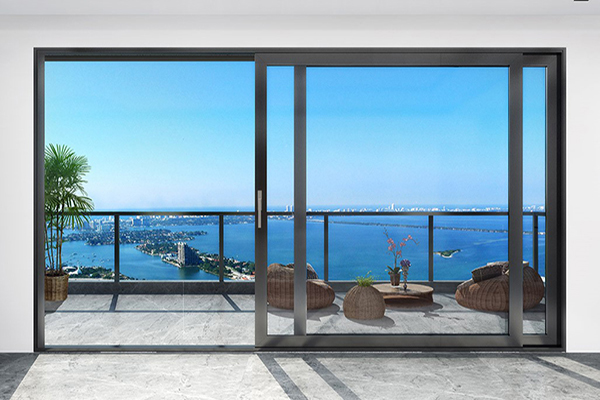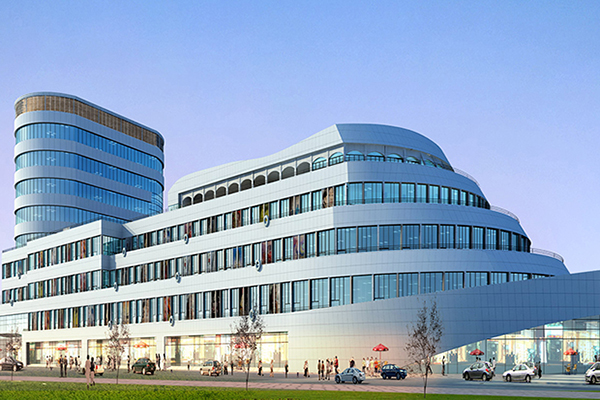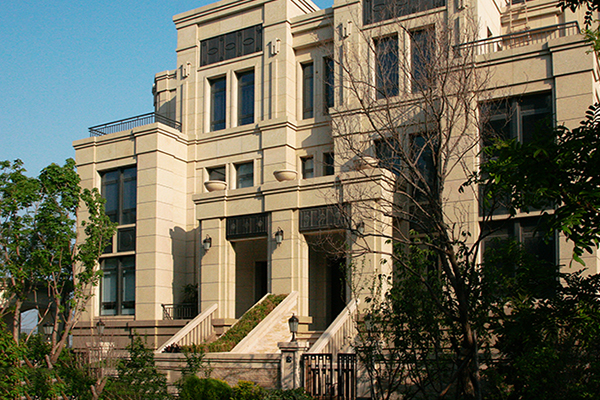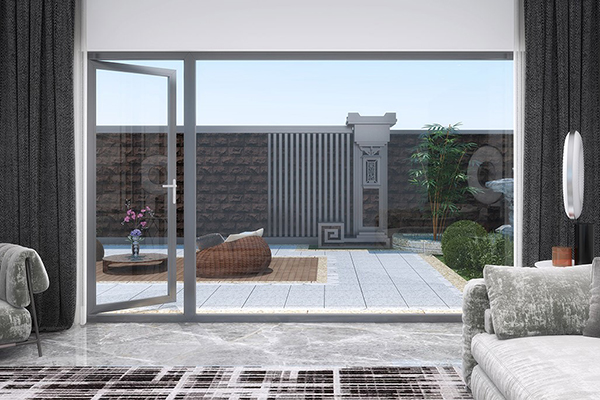2025 Global Building Trends: Analysis of Demand Growth Points in the Aluminum Windows and Aluminum Doors Market
Introduction
As global urbanization accelerates and environmental concerns intensify, the construction industry is undergoing a transformative shift toward sustainability and intelligence. The aluminum windows and doors market, a critical segment of the building materials sector, is experiencing robust demand driven by the convergence of intelligent building technologies and green building materials. This article explores the key trends shaping the market in 2025, focusing on how smart and eco-friendly innovations are fueling growth in the aluminum windows and doors industry.
The Rise of Intelligent Buildings
Intelligent buildings, equipped with advanced automation systems, are redefining modern architecture. These structures integrate Internet of Things (IoT) devices, sensors, and artificial intelligence to optimize energy use, enhance occupant comfort, and improve operational efficiency. Aluminum windows and doors are increasingly embedded with smart features to align with this trend.
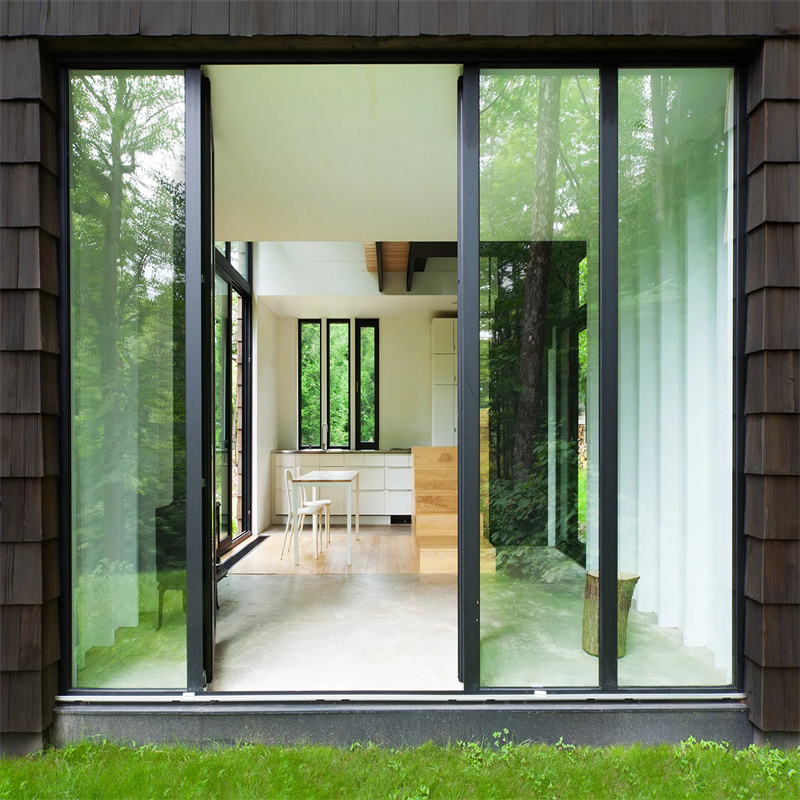
Smart Features in Aluminum Windows and Doors
Automated Operation Systems: Smart aluminum windows and doors can be programmed to open, close, or adjust based on environmental conditions or user preferences. For instance, sensors can detect temperature changes and adjust window openings to optimize ventilation, reducing reliance on air conditioning.
Integration with Building Management Systems (BMS): Aluminum frames are now designed to house sensors that communicate with BMS, enabling real-time monitoring of energy performance and security. This integration enhances the functionality of windows and doors as active components of a building's ecosystem.
Security Enhancements: Smart locks and biometric access systems are being incorporated into aluminum doors, providing advanced security for residential and commercial properties. These systems can be controlled remotely via smartphones or integrated with broader security networks.
The demand for such intelligent features is particularly strong in commercial buildings, where energy efficiency and occupant satisfaction are paramount. According to industry forecasts, the global smart building market is expected to grow at a CAGR of over 10% from 2023 to 2030, driving parallel growth in the aluminum windows and doors sector.
Green Building Materials: A Catalyst for Market Growth
Sustainability is a cornerstone of modern construction, with green building materials gaining traction due to regulatory mandates and consumer preferences. Aluminum, known for its durability, recyclability, and lightweight properties, is a preferred material for eco-conscious builders.
Environmental Advantages of Aluminum
Recyclability: Aluminum is 100% recyclable without loss of quality, making it a sustainable choice for windows and doors. In 2025, manufacturers are increasingly using recycled aluminum to meet green building certifications like LEED and BREEAM.
Energy Efficiency: Aluminum windows and doors are designed with thermal break technologies to minimize heat transfer, improving building insulation. This reduces energy consumption for heating and cooling, aligning with global carbon reduction goals.
Durability and Low Maintenance: Aluminum’s resistance to corrosion and weathering ensures a long lifespan, reducing the need for frequent replacements and minimizing environmental impact.
Policy and Market Drivers
Governments worldwide are implementing stringent building codes to promote energy efficiency and reduce carbon footprints. For example, the European Union’s Energy Performance of Buildings Directive (EPBD) mandates near-zero energy buildings, boosting demand for high-performance aluminum windows and doors. Similarly, incentives for green construction in Asia-Pacific markets, particularly in China and India, are accelerating market growth.
Synergy of Smart and Green Trends
The convergence of intelligent buildings and green building materials is creating a synergistic effect in the aluminum windows and doors market. Manufacturers are developing products that combine smart functionalities with sustainable attributes to meet evolving consumer and regulatory demands.
Innovative Product Developments
Smart Glass Integration: Aluminum window frames are increasingly paired with electrochromic or thermochromic glass, which adjusts tint based on sunlight intensity. This reduces glare and heat gain, enhancing energy efficiency while maintaining aesthetic appeal.
Solar-Powered Systems: Some aluminum doors and windows are equipped with photovoltaic cells to power smart features, such as automated blinds or sensors, further reducing reliance on external energy sources.
Modular and Prefabricated Designs: To support sustainable construction, manufacturers are offering modular aluminum window and door systems that can be easily installed in prefabricated buildings, reducing construction waste and time.
Case Studies
Commercial Projects: In Singapore, a new smart office complex incorporates aluminum windows with IoT-enabled sensors to monitor air quality and adjust ventilation, achieving a 20% reduction in energy use.
Residential Developments: In Germany, a residential project uses recycled aluminum doors with thermal breaks, contributing to the building’s Passivhaus certification while integrating smart locks for enhanced security.
Regional Market Insights
Asia-Pacific: Rapid urbanization and government investments in smart cities are driving demand for aluminum windows and doors in China, India, and Southeast Asia. The region is expected to dominate the global market share by 2025.
Europe: Stringent environmental regulations and a strong focus on green building certifications are fueling innovation in energy-efficient aluminum products.
North America: The adoption of smart home technologies and retrofitting of existing buildings are key growth drivers, particularly in the U.S. and Canada.
Challenges and Opportunities
Despite the promising outlook, the aluminum windows and doors market faces challenges, including high initial costs for smart and green technologies and fluctuations in raw material prices. However, these challenges present opportunities for innovation:
Cost Reduction through Scale: As demand for smart and sustainable products grows, economies of scale can lower production costs.
R&D Investments: Companies investing in research and development can create affordable, high-performance products to capture market share.
Circular Economy Models: Emphasizing recycling and closed-loop production can mitigate raw material price volatility while appealing to eco-conscious consumers.
Conclusion
The aluminum windows and doors market is at a pivotal moment in 2025, driven by the dual forces of intelligent building technologies and green building materials. By integrating smart features and sustainable attributes, manufacturers are meeting the demands of a rapidly evolving construction industry. As urbanization, environmental regulations, and technological advancements continue to shape global building trends, the market for aluminum windows and doors is poised for sustained growth, offering significant opportunities for innovation and investment.
Welcome to choose the Aluminum Windows of Liaoning Etaifeng Windoor Co.,Ltd.
Join Our Network Today!
Let’s build the future of architecture together. Our excess production capacity means faster lead times and competitive pricing, giving you an edge in your market. Become a distributor or agent with Liaoning Etaifeng Windoor Co.,Ltd and unlock access to premium aluminum windows, free design support, and exclusive sample corners.
Contact us
david@e-tfeng.com
www.e-tfeng.com
to explore partnership opportunities and start delivering world-class solutions to your clients.


